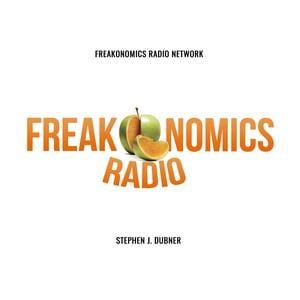
In this episode of Planet Money, the hosts delve into the fascinating world of the Christmas tree market. They explore the economics and logistics behind the industry, from the world’s largest Christmas tree auction to the challenges faced by tree farmers and retailers. Join them as they navigate the complexities of buying and selling Christmas trees.
In Mithlamburg, Pennsylvania, the hosts visit the world’s largest Christmas tree auction, where the number of trees sold and their prices are determined based on supply and demand. Neil Courtney, the experienced auctioneer, expects this year’s auction to be the hottest in three decades due to the pandemic. Hundreds of buyers and sellers from different regions gather to trade various types of trees, creating a bustling atmosphere. The auction takes place outdoors, with the auctioneer moving from tree pile to tree pile on the back of a pickup truck, facilitating the bidding process.
The pandemic has led to an unexpected surge in demand for Christmas trees, as people seek something cheerful while being stuck at home. This increased demand, coupled with a limited supply, has resulted in soaring prices for trees. Tree growers like Byron and Holly Mitchell are benefiting from this situation, even earning profits from lower-grade trees. However, the shortage of trees is a consequence of the Christmas tree farming business collapsing during the Great Recession. This shortage creates a sense of urgency, prompting the hosts to explore buying trees at an auction.
The auctioneer at the Christmas tree auction employs strategic tactics to create excitement and urgency among buyers. Bidders strategically wait for the price to drop before making their winning bids. The concept of the winner’s curse is discussed, emphasizing that winning an auction often means paying more than the actual value of the item. The hosts observe the dynamics and market inefficiencies at the auction, challenging the notion of efficient markets. They also encounter sellers with unpredictable success stories and propose innovative ideas to market misfit trees, showcasing the adaptability and creativity within the tree-selling business.
The hosts embark on a tree-selling venture, purchasing 19 trees at the auction with the intention of selling them in Brooklyn for a profit. However, they face challenges in negotiating prices due to sharing the story of the trees with potential buyers. Despite the various costs incurred, including gas, rental car, hotel rooms, parking, meals, taxes, and tolls, they manage to sell all 19 trees but at a loss. Nevertheless, the venture brings moments of satisfaction, such as a customer sending a photo of their tree in their living room, and heartwarming experiences, such as a family recording a song about their tree-buying experience.
The Planet Money episode provides a captivating exploration of the Christmas tree market, revealing the complexities of the industry. From the bustling Christmas tree auction to the challenges faced by tree farmers and retailers, the hosts shed light on the economics and logistics behind this seasonal tradition. Despite the ups and downs of their own tree-selling venture, the hosts gain valuable insights into the dynamics of the market and the importance of adaptability in the face of changing consumer preferences. The episode serves as a reminder of the hidden intricacies behind seemingly simple holiday traditions.